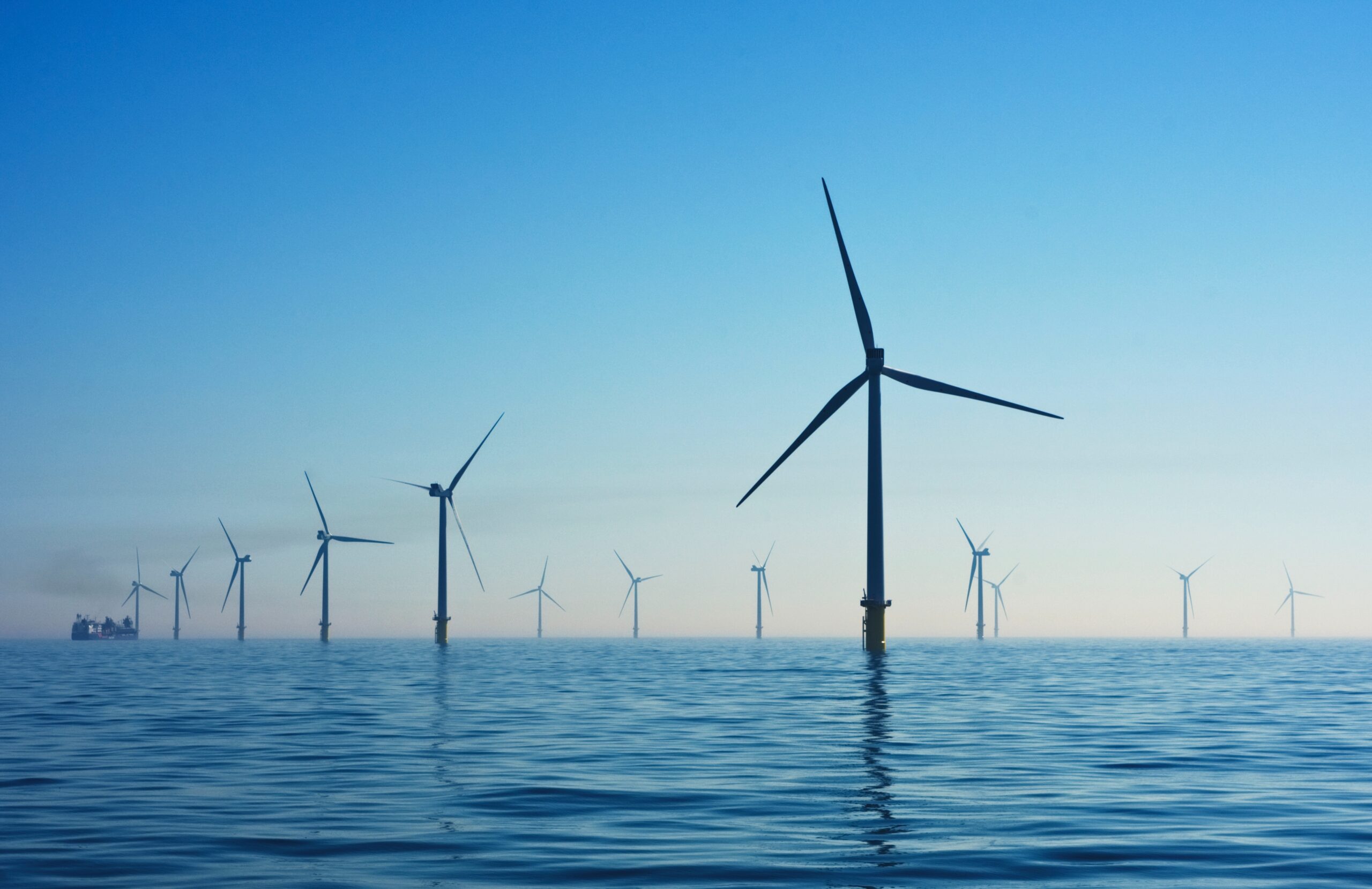The Impact of Offshore Windfarms on Marine Organisms

University of Bath: Phillipe Blondeli
University of Bristol: Andy Radford, Daniel Robert
Cardiff University: Roger Falconer
University of Exeter: Rick Bruintjes (PI), Steve Simpson, Darren Croft, Matt Witt, Phillipp Thies
Background
Offshore renewable energy is gaining importance as a valuable alternative to hydrocarbon energy, and the UK is a world leader in the construction of offshore windfarms aiming to provide 33 GW of energy by 2020. This energy may provide sustainable and clean energy with minimal harm to the environment, however, two important questions remain unanswered:
- What is the impact of large-scale offshore windfarm construction on marine organisms, especially with regards to high impact pile driving?
- Within windfarms fishing will be limited. How can the value of these sites be maximised, e.g. co-locating aquaculture?
Project Summary
Initiator funds were used to hold a workshop followed by pilot experimental work at the National Renewable Energy Centre. The workshop facilitated connections between GW4 academics, creating a valuable research network of world-known scientists. Discussions at the event established the main gaps in current understanding and identified the most important ideas to move the field of offshore renewables further. The pilot work allowed testing of new ideas in the real world which led to high impact interdisciplinary publications. The community produced multiple successful grant proposals to continue these collaborations.





